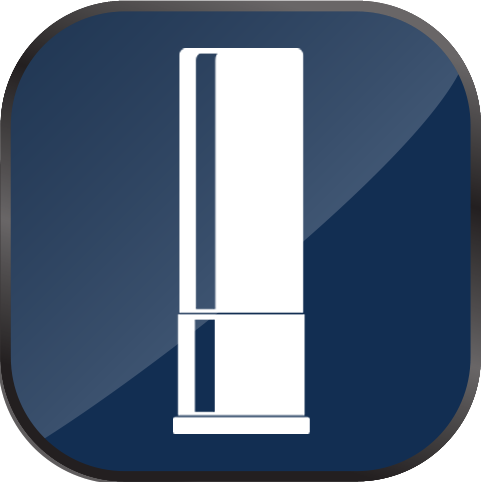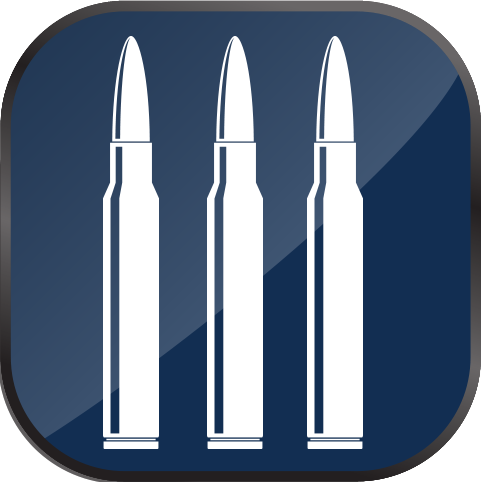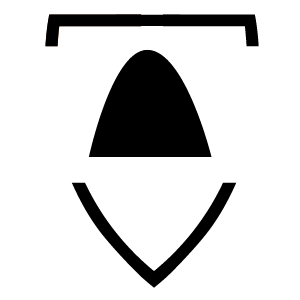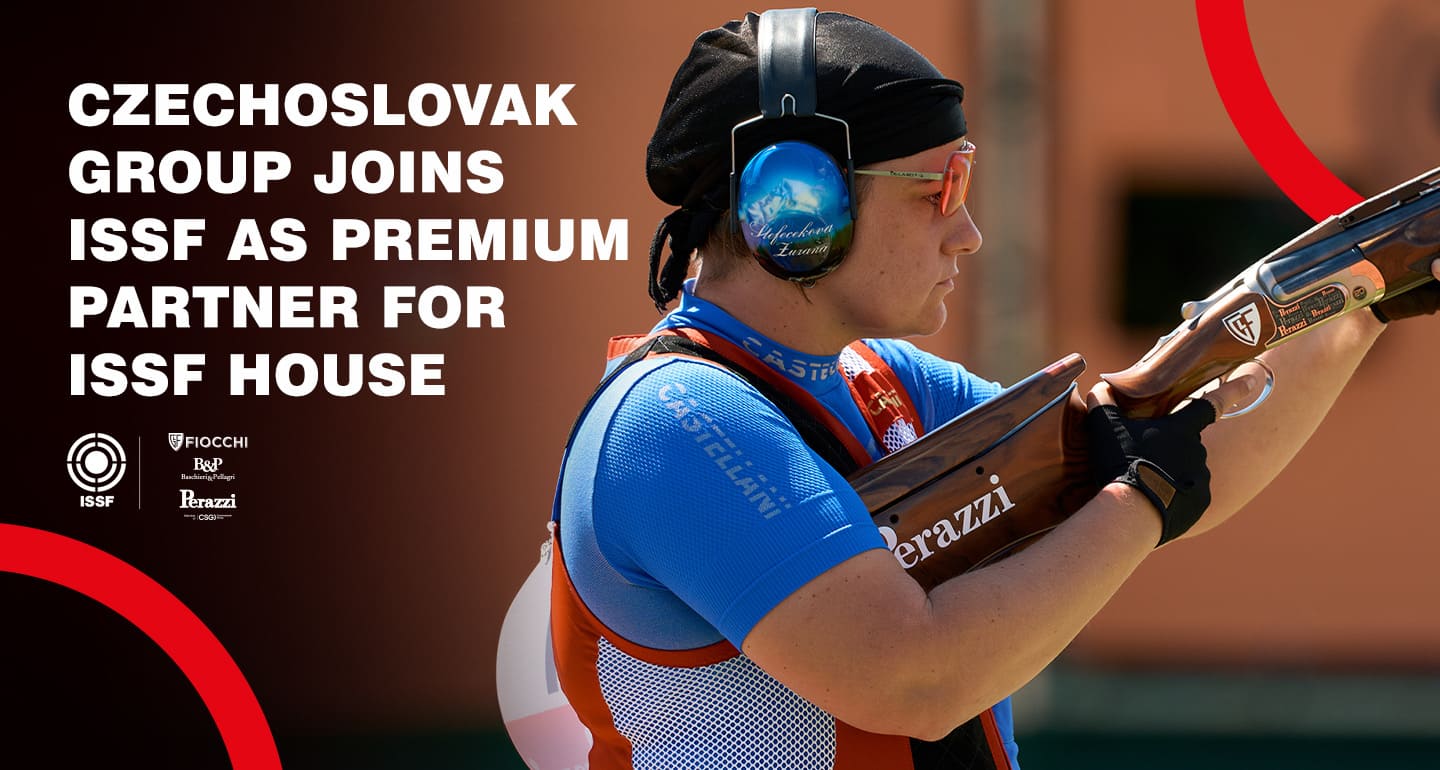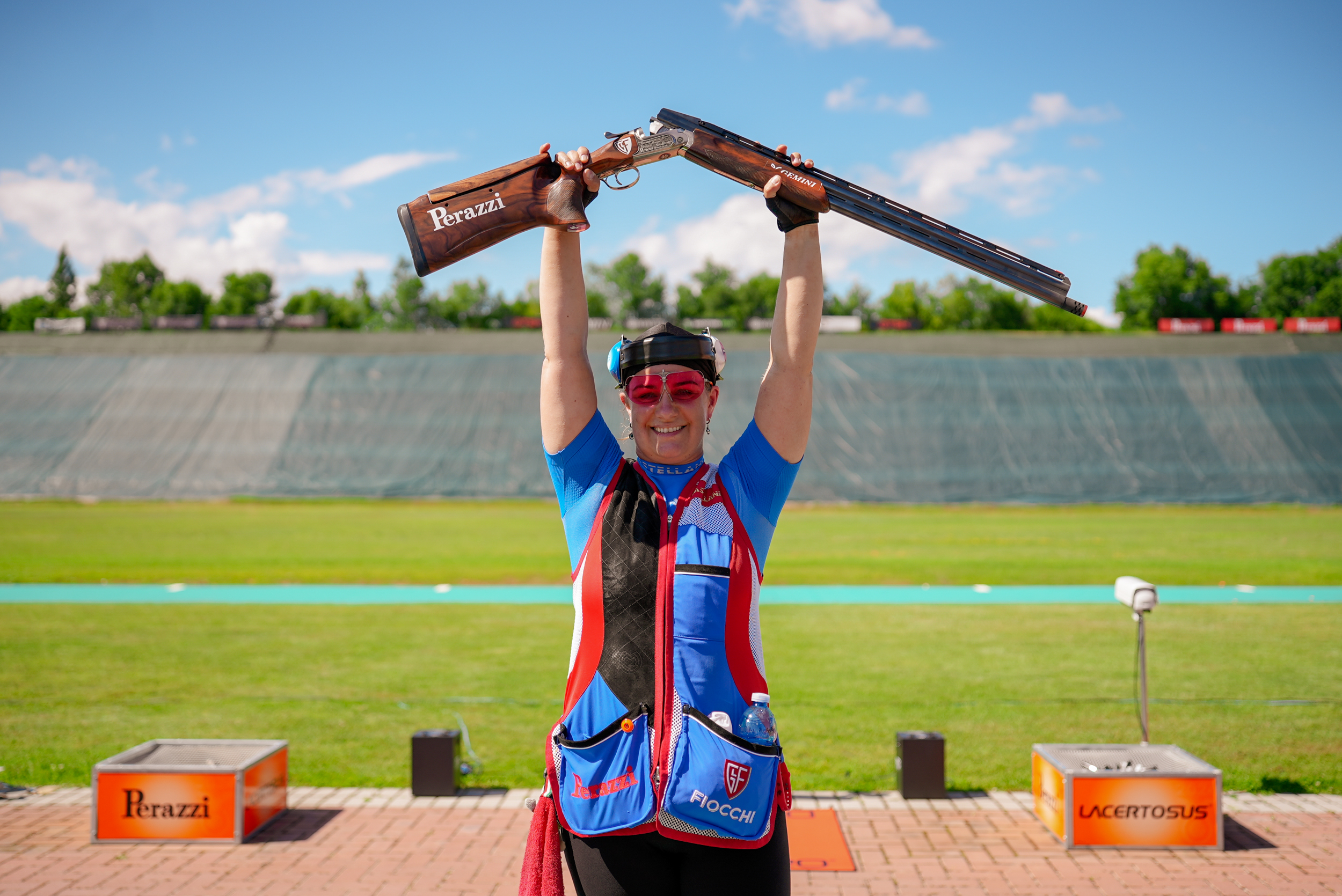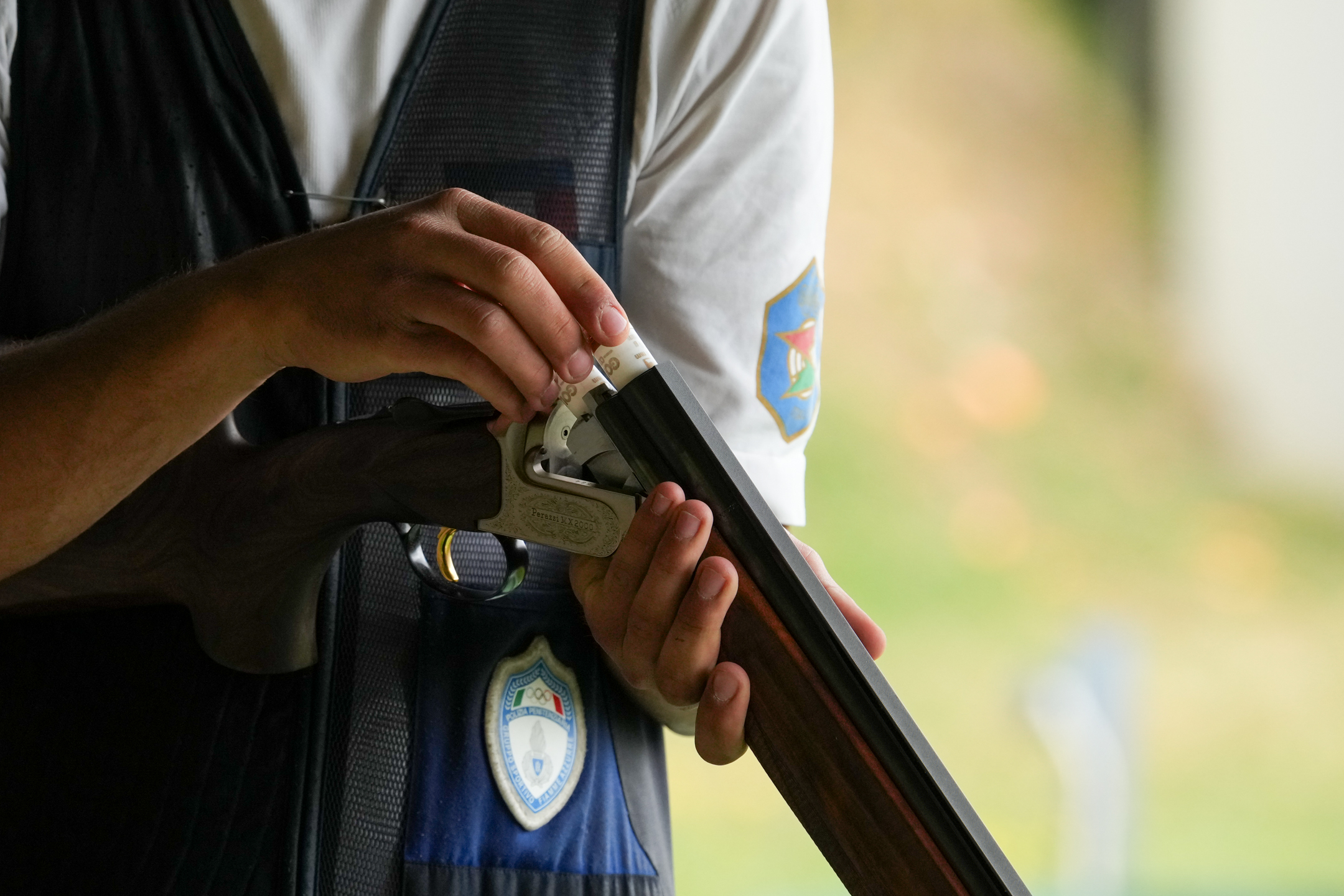Ammunition is a fundamental element for the use of firearms, as it determines the effect of the shot. To choose the ammunition best suited to your needs, you must know the characteristics of the ammunition and take into account some factors, such as the use you want to make of it, the recoil you are looking for, the shooting distance you want to reach and the type of weapon you own.
Ammunition is the element that is fired from a firearm and that determines the effect of the shot. There are different types of ammunition, each with its own characteristics, advantages and disadvantages. To choose the ammunition best suited to your needs, some factors must be taken into account, such as the use you want to make of it, the recoil you are looking for, the shooting distance you want to reach and the type of weapon you own. Let's look at these aspects in detail.
Types of ammunition
Ammunition can be classified based on shape, material, caliber and charge. The shape is the geometry of the projectile, which can be round, ogival, hollow point, soft point, hard point, expansive, or armor-piercing. The material is the substance the bullet is made of, which can be lead, steel, copper, brass or an alloy of these metals. Caliber is the diameter of the projectile, expressed in millimeters or inches. The charge is the amount of gunpowder contained in the cartridge, which determines the speed and energy of the projectile.
Choice of ammunition based on use
Depending on the intended use, you can choose between different types of ammunition. If you want to use the gun for target practice, you should choose an ammunition with good accuracy, good penetration and good stopping power. These characteristics allow you to hit the target effectively and stop it with a single shot.
If, however, you want to use the gun for hunting or sport shooting, you should choose an ammunition with a good range, a good trajectory, good stopping power and a uniform pattern. These features allow you to hit the target at long distances and take it down with a single shot.
Choice of ammunition based on power
The power of an ammunition depends on the speed and energy of the projectile. Speed consists of the speed with which the projectile moves through the air and is measured in meters per second. Energy is the force with which the projectile hits the target and is measured in joules. The higher the velocity and energy of the projectile, the higher the power of the ammunition. There are regulations that regulate these values that producers must comply with.
The power of the ammunition affects the penetration and expansion capacity of the projectile. A more powerful ammunition has a greater ability to penetrate obstacles and expand into the target, causing greater damage. However, a powerful ammunition also has disadvantages, such as greater recoil of the weapon, a greater noise of the shot and a higher cost of the cartridge.
Take this into account when choosing: it makes no sense to use too powerful ammunition for a small or weak target, nor to use too weak ammunition for a large or resistant target.
Choice of ammunition based on shooting distance
The shooting distance is the length of the path that the bullet takes from exiting the barrel of the weapon to impact with the target. The shooting distance depends on the trajectory of the projectile, which is the curve that the projectile describes in the air under the effect of gravity and air resistance. The trajectory of the projectile depends on the speed, angle and shape of the projectile but also on atmospheric conditions.
To choose ammunition based on shooting distance, you must take into account the trajectory of the projectile. In general, you will want to choose an ammunition with a flat trajectory, that is, with minimal vertical deviation from the aiming point. This allows you to have greater precision and less need to adjust your aim.
Choice of ammunition based on the type of weapon
Since not all ammunition is compatible with all weapons, the type of firearm you own affects your choice of ammunition. Each gun has a specific caliber, which indicates the diameter of the barrel and projectile it can fire. If you use ammunition with a different caliber than the firearm, you can cause damage to the firearm or yourself.
You can find the caliber of the gun on the barrel, on the receiver or in the instruction manual, and you can find the caliber of the ammunition on the packaging, on the cartridge or on the bullet. If you have doubts about the compatibility between your weapon and ammunition, ask our experts for advice!

 IT
IT

